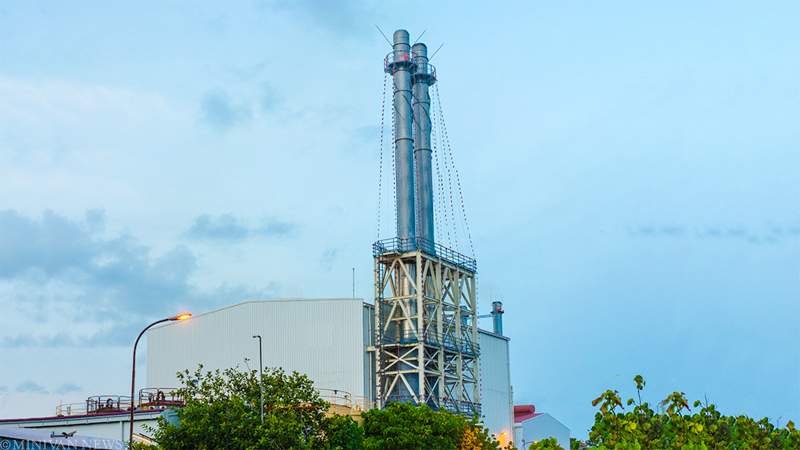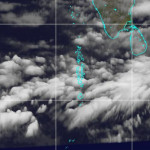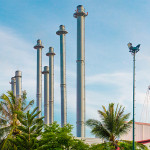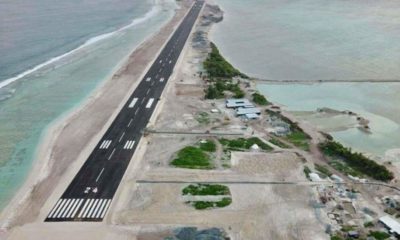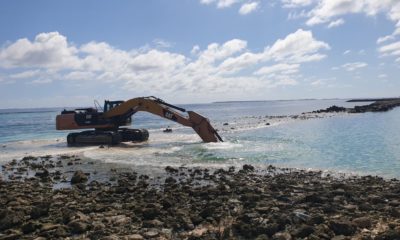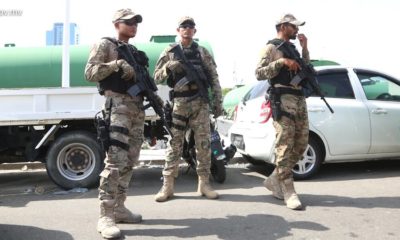Residents of central Kaafu Atoll who protested a recent hike in electricity prices have resolved to pay their bills, as the government continues to drag its heels on a promise to revise tariff rates.
Council members from the islands of Thulusdhoo, Guraidhoo, Kaashidhoo and Maafushi said islanders had no choice but to pay the bills despite “almost unaffordable prices.”
The people of Himmafushi, however, continue to hold out.
Protests had broken out in April when the government cut a long-standing electricity subsidy. President Abdulla Yameen immediately ordered a review of tariffs, but the energy ministry says it has not reached a decision yet.
Some island councils have now stepped in to pay for all or half of electricity bills for the month of Ramadan.
Easa Khaleel, a member of the Kaashidhoo council, said his constituents were only able to manage paying their bills because global oil prices were historically low. “The people have to pay their bills, since it is a basic need. But if the fuel prices were to go up tomorrow, it will be beyond our reach,” he said.
Bills doubled
Until 2015, most households in the atolls were charged a flat rate of MVR3.50 per unit. The revised fare structure charges MVR5.50 per unit when consumption goes above 400 units.
“We have seen electricity bills increase by 45 percent. We are now paying MVR6000-7000 on electricity bills (US$400- US$465),” said Ahmed Anees of Thulusdhoo. “But most people are paying, because they will have to pay fines or have electricity cut off from their homes.”
The government claims about 89 percent of households use less than 400 units per month.
Ibrahim Rauf, a spokesman for the Malé-based power company STELCO, insisted that the electricity rates have decreased for most of the islands in the Maldives.
The islands that had protested in Kaafu Atoll had been subsidized even more heavily than most islands, he said. “Five islands in Malé atoll had been getting services at a special rate. That is why they are facing higher electricity bills than usual. In most of the islands, about 70 percent, prices are lower than before,” he said.
Some islands outside Kaafu Atoll have dismissed the claim saying the absence of protests is not an indication of lack of discontent.
Ibrahim Mohamed, the president of the Vaikaradhoo council in northern Haa Dhaal Atoll said: “We accept our bills and pay even if the prices are high. People are afraid that photos of the protests might be analysed and they won’t be able to get a job, or be persecuted. Isn’t that the situation everywhere in the Maldives?”
The councils of Bodufolhudhoo, Maalhos and Thoddoo in Alif Atoll have meanwhile pledged to pay 50 percent of electricity bills from public funds this Ramadan because of higher prices.
Hikes for businesses
Others noted protests by businesses outside Malé across the country after prices were first hiked last year had yielded no results.
Meanwhile the energy ministry revised rates for the businesses in Malé earlier this month. It added two extra caps; usage per unit between 3000 – 10,000 units increased by an extra rufiyaa, rising to MVR4.35 and businesses using more than 10,000 units will be charged MVR6.65.
Amr Hussain of the main opposition Maldivian Democratic Party, said: “Businesses running workshops, cold storages or consuming more than 10,000 units may face up to a 23 percent increase in bills.”
Another issue raised during the April protests was the differences in electricity prices between the capital Malé and the atolls. Households in the atolls pay MVR5.50 for usage above 500 units, while households in Malé pay MVR3.35.
Abdul Razzaq Ali from Thulusdhoo said:“It is Ramadan and we have no idea what our bills will be like at the end of this month. Electricity is a right that the constitution guarantees its citizens. But the difference in prices between Malé and the islands is a clear case of discrimination.”
Last men standing
Ahmed Hameed, a member of the Himmafushi island council, said that about 90 percent of islanders had not paid bills for the past three months.
“I have to pay an average of MVR 7,000 (US$453) per month. We have over MVR 22,000 ($1427) due for the past three months now. We’ve been getting notices of fines as well. But STELCO has not cut off power, probably because many people have not paid up. Imagine what would happen to our kids if they cut off power,” he said.
He said he has been saving money in the event the power company moves to cut off electricity.
Additional reporting by Xiena Saeed and Shafaa Hameed

